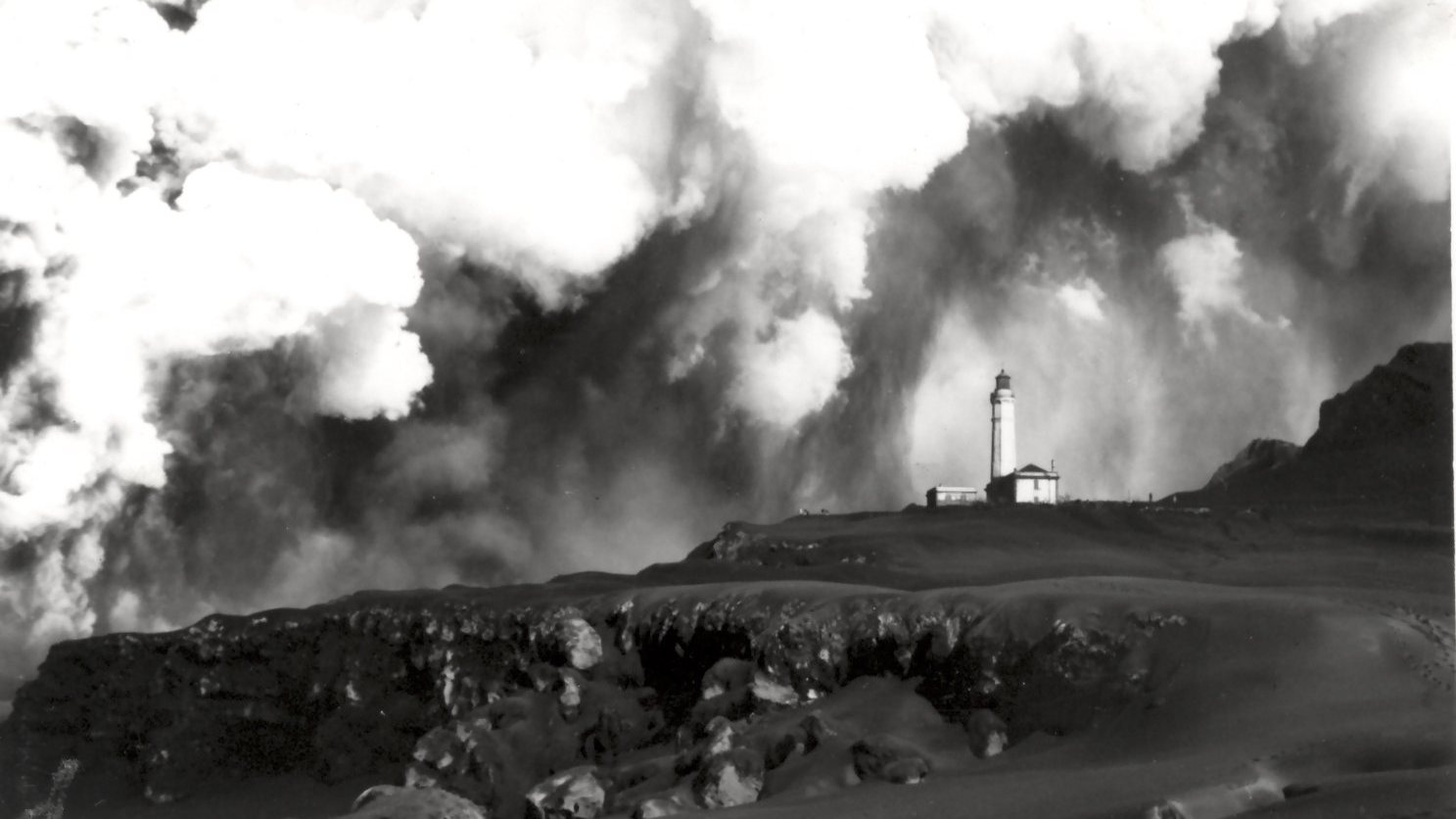The sky darkened, the houses “shallow sand”, the land impossible to cultivate and “half the world” left the island, with the volcanic eruption of Capelinhos, in Faial, Azores, which began 65 years ago.
“It started with some earthquakes. From then on, it got bigger and we saw something dark up here, but we didn’t know what it was,” recalls António Gonçalves Pereira, 76, who was only 11 years old when the Capelinhos volcano erupted.
The darkness of the skies was the result of the ash thrown by the eruption, in its initial phase, but, at that time, the information was scarce and it was only through the radio that António discovered that, on September 27, 1957 , the Capelinhos volcano eruption, in the parish of Capelo, municipality of Horta.
“A few friends and I went up to try to see the volcano up close, but here the police got ahead of us and wouldn’t let us pass,” recalls António Pereira, also recalling the words of the agent who was on duty at the scene: ” Back wing ! I can not pass! This is always shaking the earth, then all of a sudden a big one comes along and drowns us all.”
The frequency of the earthquakes and the volume of ash spewed by the volcano forced local authorities to evacuate the places closest to the eruption. (Capelo and Praia do Norte parishes), but although there were no fatalities, many houses and farmland were destroyed.
“Many houses were destroyed! Up here it was a shame! Even down there, at the foot of the volcano, there were houses that were shallow with sand,” says António, recalling that even the Capelinhos Lighthouse, which was on the slope next to the place where the eruption began, “was covered” by ash.
Faced with this scenario of destruction, the United States of America opened its doors to emigration, to help the displaced from the island of Faial, influenced by some North American congressmen and senators, including John F. Kennedy, who would be elected president shortly after. from United States.
“We walked halfway around the world! A few hundred, if not thousands, of people left here, and it was a big deal, if not, there were serious people here and there was no work for everyone,” explains António Pereira, recalling that the farmland “did not produce nothing, because “everything was full of sand” from the volcano.
It is estimated that 30% of the population of the island of Faial (currently less than 15 thousand people reside on the island), temigrated to the United States and Canadataking advantage of the “Refugee Law of the Azores”, approved on September 2, 1958, through which thousands of emigration visas were exceptionally granted to citizens of the Azores.
António Gonçalves Pereira, a retired mechanic, says that he never thought of emigrating, but he remembers that those who stayed behind also counted on the help of the emigrants to recover the houses destroyed by the volcano.
“Families who were outside and those who were going from here to there, got together and sent hundreds, if not thousands of stories – at that time [a moeda] it was the shield-, to help in the reconstruction here”, says António, adding that, otherwise, the survivors of the volcano would not have been able to recover their belongings.
The memories belong to those who saw up close, 65 years ago, the birth of the Capelinhos Volcano, whose eruption began on September 27, 1957 and ended more than a year later, on October 24, 1958.
Currently, what remains of the eruption, worn away by the wind and the waves of the sea, is one of the main tourist attractions of the island, enhanced by an underground interpretation center, although built on site, which collects all the information about the origin and consequences of the Capelinhos Volcano.
Source: Observadora
